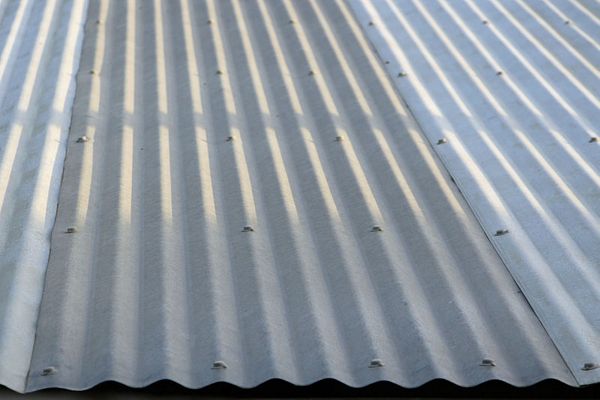
The majority of metal roofing will use screws and fasteners to attach itself to the wood roof joists and properties' frames. Manufacturers can choose to conceal or reveal these screw-on materials. However, you can only trust dependable Littleton, CO roofers to screw on your roof in the best and proper way possible.
Improper metal roofing screw-on can lead to seal breakage right from the installation. For example, incorrectly screwing your roof on the rib's top rather than the flat bottom panel on the standing seam or corrugated metal roofing will cause the screw to tilt. With the consistent roofing panel expansion and contraction, it's highly likely you'll encounter screw tilts breaking the seal and causing massive water damage to your attics.
DIY guides will provide you the best instructions for screwing your metal roof. However, without experience, it's highly likely Littleton, CO roofers might cause irreparable roofing damages. The best way to screw on your metal roofing requires the best tools and equipment available in the market too. Entrusting this one-time roofing attachment job to renowned professionals, such as Roper Roofing, is a better investment.
Metal Construction News has a great list of dos and don'ts for installing metal roofing. Read more about them here:
Selecting a fastener
The fastener is a very important component to how well the roof system performs. You should take great care in selecting a fastener that meets the minimum design loads.
- DO select a fastener that is designed for your specific substrate (metal, wood or concrete). Fasteners can fail if they are used in incorrect applications.
- DO select a fastener that meets your uplift requirements. Review your suppliers published pullout loads for the fastener. Ask for independent test reports when loads are not available.
- DO select a fastener that minimizes galvanic corrosion. Chicago-based Metal Construction Association publishes a fastener selection guide for metal roofing.
- DO select a fastener that meets your corrosionexpectations. For exterior and treated wood applications, choose a long-life coated screw, long-life head screw (stainless steel or zinc) or stainless steel.
- DO select a fastener length so all of the threads engage the substrate.
For steel substrates, make sure at least three full threads extend beyond the bottom of the substrate. This will ensure that complete pullout load is achieved. For wood decking, select a screw length so that full threads are embedded. For wood structures (2x material), select a screw length so the threads are embedded a minimum of 1 1/2 inches into the wood.
- DO use a fastener supplier who can assist you in selecting the appropriate screw.
- DON'T use zinc-plated screws for exterior applications unless they have a minimum of 0.0005-inch-thick zinc. Thinly coated zinc plated screws are inexpensive, but they can rust quickly.
- DON'T use a fastener if there isn't any published technical data. If the application loads exceed the strength of the screw, the screw will fail.
Fastener installation
Installing a fastener correctly will ensure the connection performs as specified. Many tips and techniques are available that will help you with fast, trouble-free installation. (Continue Reading Here)
Ropa Roofing has a tried and proven record of installing, repairing, and replacing roofs in the best way possible. If you have yet to find a reliable roofing service, you can always count on us to help you. Contact us today to learn more.